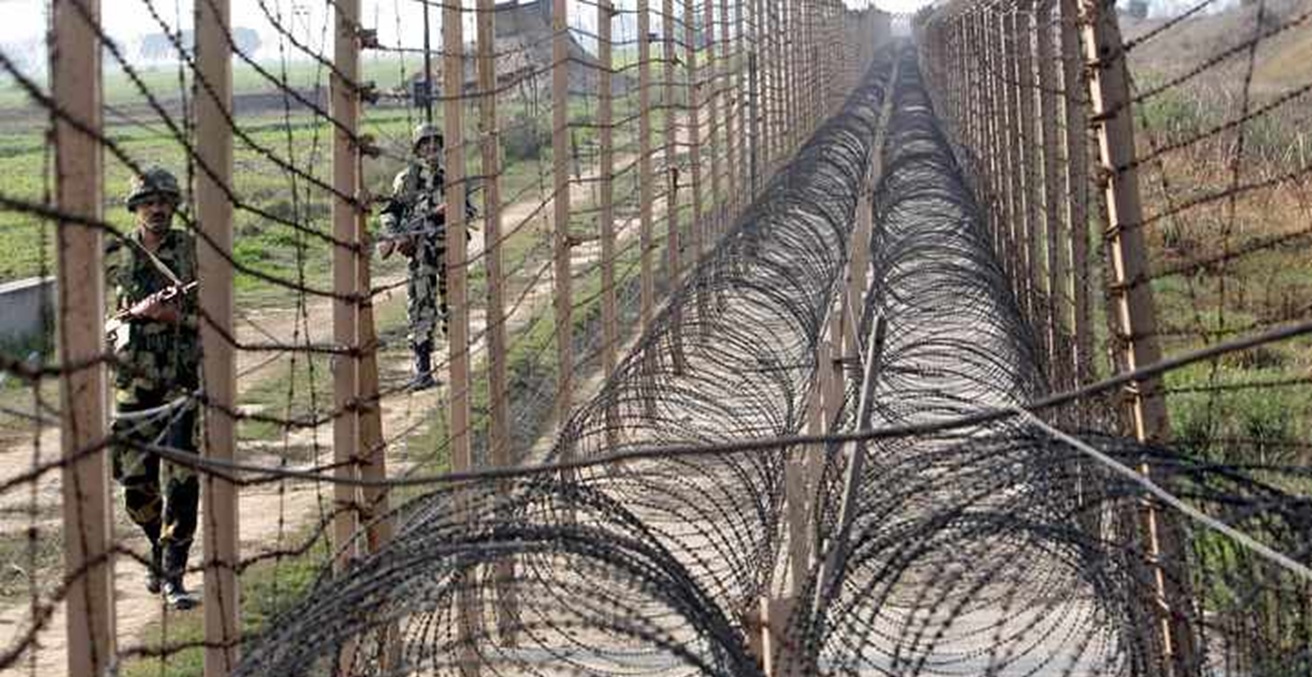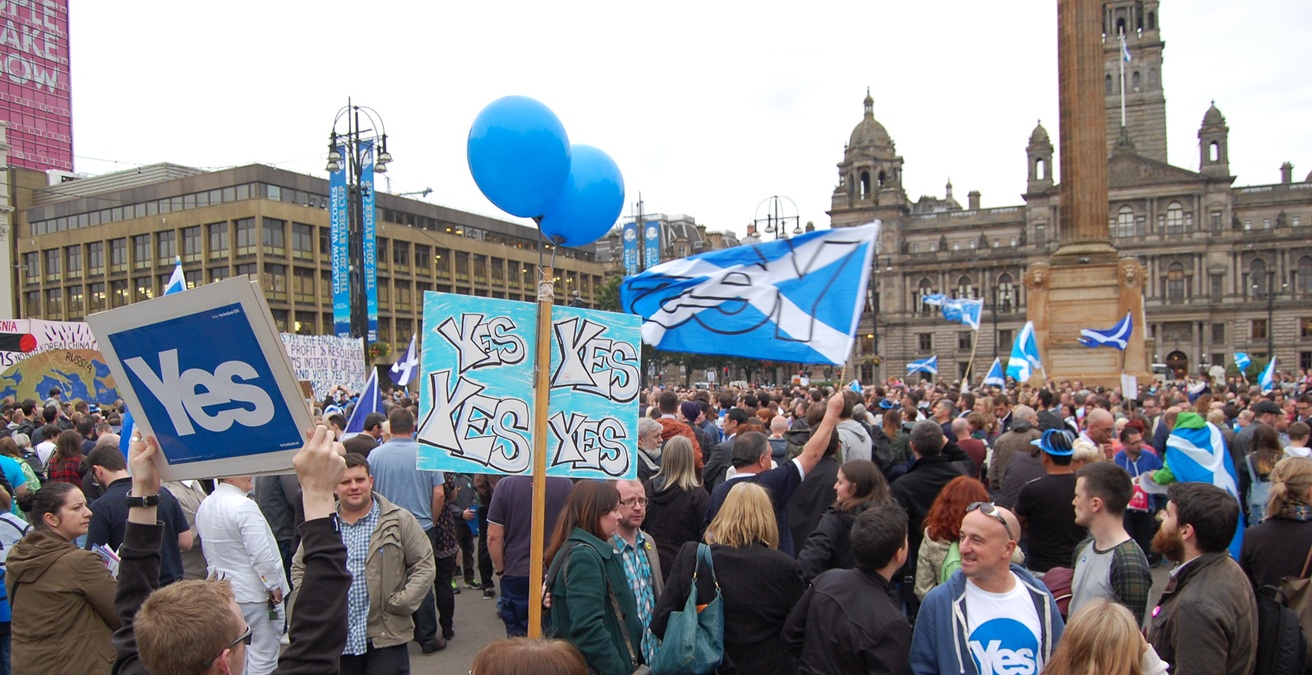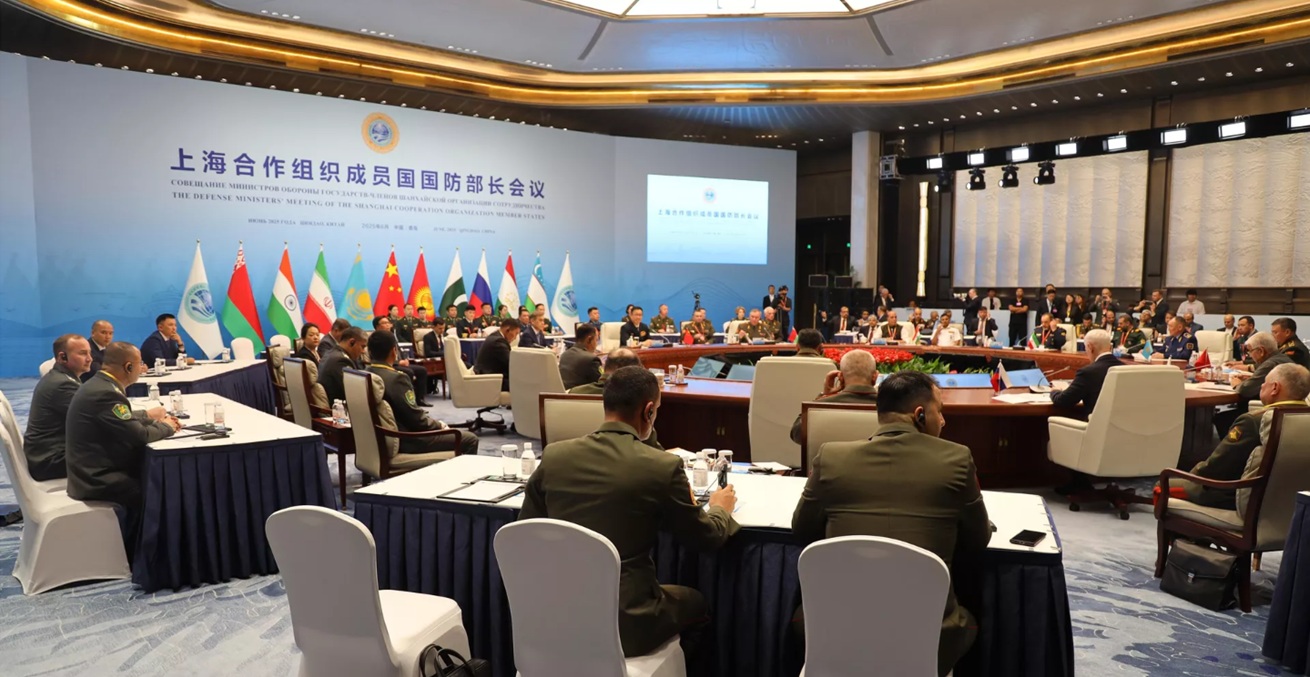As Trump’s tariffs send economic shockwaves north, Canada faces a political reckoning. The election revealed a fractured federation struggling to form a common front in the face of escalating US pressure.
The 45th Canadian federal election took place on 28 April lasting 45 days. The result is a Liberal Party (LPC) victory headed by new Prime Minister Mark Carney, former chief of the Banks of Canada and England. The campaign’s main contest was fought by the two largest parties leaving others devastated caught in a pincer movement. Strategic voting took place as progressive left-of-centre voters sought to block the resurgent Conservative Party (CPC). The prevailing sentiment pitted the Tories, perceived as too much like the Donald Trump supporters in America, against a solid wave of Canadian nationalism. Third parties lost seats and vote percentage to both of the two main parties. A late Conservative surge in Ontario and the partial recovery of the Québec nationalist party were able to prevent the LPC from obtaining a clear governing majority. They are only three seats away from a majority in parliament when it returns in late May.
There were many issues to debate—the need for affordable housing, health care, immigration, and the Tory battle cry over the carbon tax “Axe the tax.” In January 2025, before the Trudeau resignation, it looked like “affordability” would be the main topic, which played into the hands of the CPC. However, the issue of affordability and inflation suddenly took a back seat to a new and immensely menacing barrage of Trump trade tariffs. These same polls, in March, were transformed dramatically in favor of the new Liberal leader, Carney, and this despite uninterrupted Liberal government since 2015.
Trump’s election and subsequent tariffs have put the Canadian economy into a tailspin. Never before had Canada been tested in this fashion and the Trudeau hand wringing in Ottawa seemed inappropriate given the scope of the threat and Trump’s own personal dislike for the ex-Canadian prime minister. Affordability was out, how to negotiate with the “devil” was in.
Canada is above all a country of regions and election results reflected the mix between a vision of centrist Canadian pan-nationalism and the growing quest for autonomy among regions. The question of whether there is just one national economy or thirteen regional economies was laid bare. It remains as a stark reminder of the splintered Canadian political landscape, illustrating further the significant challenge of maintaining unity in the face of intense American economic and political pressure.
While the Atlantic provinces voted much as they did in the 2021 election, Québec’s Bloc Québécois (BC) lost a third of its deputies to the LPC, and to a lesser extent the Tories (CPC). In Ontario, the socialist NDP collapse meant that the LPC and the CPC added to their vote percentage and seat totals. The Prairies remain Tory. In British Columbia, it was a dog fight as the NDP did everything it could to forestall its collapse. Both the Tories and LPC made gains. The contest came down to who would profit the most from NDP and Bloc largesse. It was Mark Carney and the LPC that simply outran the Conservatives at the finish line.
Silver Linings
The LPC election result was a stunning reversal of political fortunes in favor of Carney who essentially carried his party to victory. Although Pierre Poilievre lost his own seat, the CPC has reason for optimism despite the dramatic reversal of fortunes and losing the election. Their share of the popular vote went up as did that of the LPC. CPC strength in vote-rich Ontario contributes to a very respectable CPC showing. The BQ avoided catastrophic losses contrary to the NDP and will continue to act as a credible force in the federal parliament advancing the Québec interest.
The Common Front?
To ensure a positive result in the coming trade negotiations with the United States, Canada ought to speak with one unified voice. Such is the meaning and strategy behind the Carney election victory. Those who believe the LPC victory is one of Canadian unity against illegitimate Trump tariffs are engaged in wishful thinking. The 28 April election is about Canada’s regional rifts growing larger and more threatening. Trump has accelerated the polarisation of the Canadian provincial economies reliant on US markets for their prosperity. All federal parties have raised the need for the elimination of inter-provincial trade barriers. Some argue that Canada was caught ill-prepared for a Trump presidency. Politicians have spoken of trade diversification to Europe and Asia for years. Little has been done to wean the Canadian economy off its close American market.
Trump auto tariffs hit the key province of Ontario hard, causing layoffs and calling a halt to all new investment. Ontario Premier Doug Ford, after squeezing in his own provincial election at the end of 2024, campaigned on taking a tough stand against Trump. The newly re-elected Ford has threatened to impose electricity cuts to border states like New York and Michigan. In the middle of this uncertainty and friction, the question of establishing a common front against the tariffs has Ford and Carney on the same side. This turn of events had a negative outcome for the CPC. Some Tory premiers refused to assist their federal cousin during the election and criticised the conduct of the Poilievre campaign.
In the meantime, the Canadian common front has levied countervailing tariffs against some US goods, ostensibly making itself look tough on Trump. Throughout this tense time, the concept of a common front takes the public spotlight. A rift appears as Alberta Premier Danielle Smith is under fire for her independent stance, splintering the anti-Trump consensus of a Team Canada approach. Smith’s flirtation with Trump at Mar-a-Lago during the tariff row put the federal CPC in a vulnerable position by re-enforcing the perception that the party is pro-Trump. Although Smith is also a political Conservative, her alt-Right flirtation has met with stern opposition from other provincial premiers. It put Poilievre in an impossible position and provided an excuse (quest for unity) to vote Liberal.
The election result suggests that Canadians are inching towards the unhappy conclusion that America is no longer its economic friend. There is much cynicism about trade negotiations with the US. Many Canadians now observe that the avowed goal of Donald Trump and his cohorts is to cripple the Canadian economy, weaken its political class further, and make it more reliant on America for its economic prosperity, military security, and international well-being. It is in this context that the Trump threats of annexation of Canada take their actual meaning and significance.
By dissolving bonds of trust between Canadians and Americans, Trump has attacked the tissue of the bilateral relationship. The negative impact on civil society is just beginning to be felt and risks becoming determinant in all future relations. Canadian tourism to America has collapsed. Canadians are selling their American winter vacation homes in Florida. There are dramatic decreases in cross border travel, and reports of intense border interviews, including illegal detention of Canadian citizens attempting to enter the US. Canadian flags dominate the landscape. Heckling the American national anthem during sporting events is now commonplace. American-made products have been removed from the shelves of grocery and liquor stores. The “Buy Canada” campaign is in full swing.
Trump did not discover regionally-based alienation in Canada. This phenomenon is at the core of the Canadian identity. Canada’s future is in doubt. Will the common front of provinces hold, notwithstanding their vastly different economic and political priorities? It is not only a question of resisting but the manner in which Canada will resist—as a tough guy or with concessions. Both attitudes have political costs and benefits.
The eyes of the world are on Canada and other former US democratic allies. There is no going back to Sleepy Hollow and fair trade with Trump’s America. The tariffs made that apparent enough. At this time, the American political system does not appear able to respond to those who contravene the rule of law.
This is article two in a series of three looking at Canada’s election. The first can be accessed here.
Dr Bruce Mabley is the director of the Mackenzie-Papineau Group think tank based in Montreal devoted to analysis of international politics. Dr Mabley is a former Canadian diplomat and academic who has written a number of analytical and academic texts. In 2002, he was decorated by the French Republic as Chevalier des Palmes académiques.
This article is published under a Creative Commons License and may be republished with attribution.




